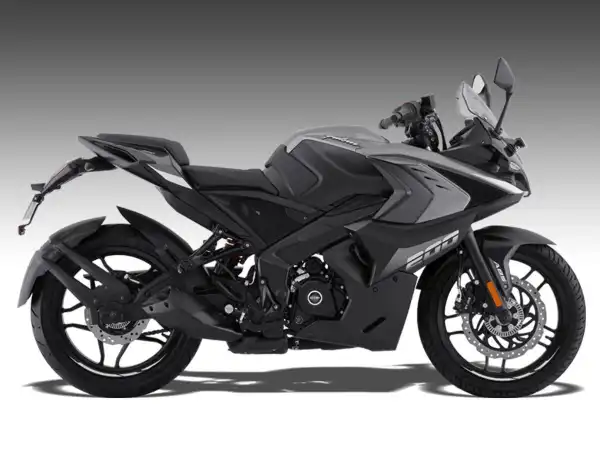As a long-time automotive journalist, looking back at the 25-year journey of the Bajaj Pulsar feels like chronicling a major chapter of Indian history. I remember the original “Definitely Male” ad in 2001, which shattered the perception that motorcycles were just for commuting. The Pulsar introduced the idea of performance and excitement to an entire generation.
Table of Contents
It wasn’t just a product; it was a cultural phenomenon. It gave Indian youth an attainable machine that looked, felt, and performed like something they had only seen in magazines. This deep dive into its history reveals a story of constant innovation and adaptation.
From its first roar onto the scene to its latest iterations, the Pulsar has always had its finger on the pulse of the nation.
🚀 A Chronicle of Innovation
The Pulsar’s success wasn’t accidental; it was built on a foundation of consistent and meaningful updates. I’ve witnessed this evolution firsthand over the years:
- 2003: The introduction of DTS-i (Digital Twin Spark Ignition) was a game-changer, lending the Pulsar a new level of sophistication and improved power delivery.
- 2004: Features like alloy wheels and Nitrox rear suspension became standard, enhancing both looks and ride comfort.
- 2009: The carbureted Pulsar 220 earned the title of ‘The Fastest Indian,’ cementing its reputation for visceral thrills.
- 2012: The Pulsar 200NS marked a seismic shift with its modern sculpted lines, liquid cooling, monoshock suspension, and perimeter frame, ready to compete with global naked sportbikes.
- 2024: The launch of the NS400Z and N125 showed the platform’s incredible versatility, raising the performance bar while also catering to entry-level riders with new efficiency-focused tech.
🌍 From Local Legend to Global Player
The Pulsar’s story extends far beyond India’s borders. Today, it’s a familiar sight in over 50 countries, from Mexico and Colombia to Turkey and Argentina. I believe its global appeal comes from its adaptability. Bajaj doesn’t just export an Indian bike; it tailors each model with spec changes and livery tweaks to suit local riding styles and needs.
This smart strategy has allowed the Pulsar to become a top seller in diverse markets. It’s a powerful mix of aspirational design and attainable pricing that translates well in any language. The ability to adapt to different environments is a key to success, a lesson that can be applied to many areas, including solving hardware issues in different systems.
🤔 The Legacy and What’s Next
The Pulsar has gone from being an object of desire to a rite of passage for millions. Its tagline has evolved from “Definitely Male” to “Definitely Daring,” reflecting the modern rider’s need for expression. The challenge for the next 25 years will be to translate this legacy into a future that includes electrification, AI-infused safety, and ever-changing rider aspirations.
If its history is any indication, adaptability is built into the Pulsar’s DNA. It has always been a mirror and a catalyst for Indian progress, and I have no doubt its story is far from over.
- My First Ride on the 2025 Triumph Thruxton 400: A Café Racer Guide
- Riding the Ola Roadster X Plus: A Guide to an Electric Mixed Bag
- Testing the Hero Xoom 125: A Sporty Scooter Guide
- A Guide to the Updated TVS Apache RTR 310: My Test Ride Impressions
- A Guide to the New Yamaha FZ-X Hybrid
- KTM’s 390 Enduro R International Spec: A Hardcore Rider’s Guide
- Guide to the New Honda CB 125 Hornet Launch
